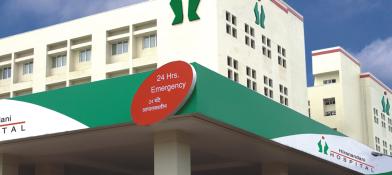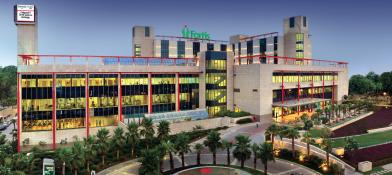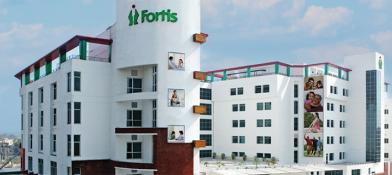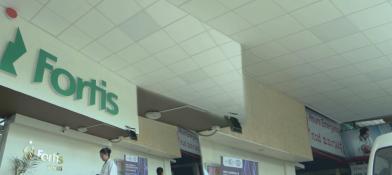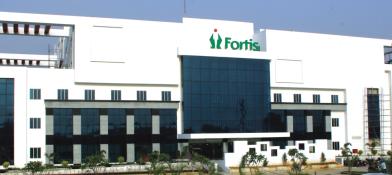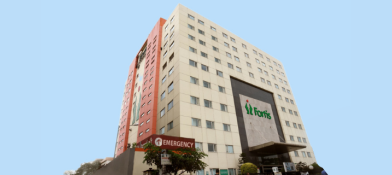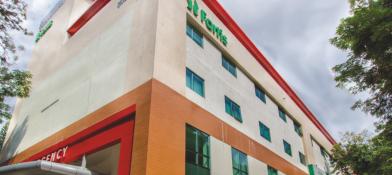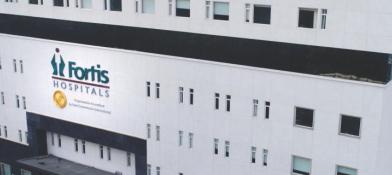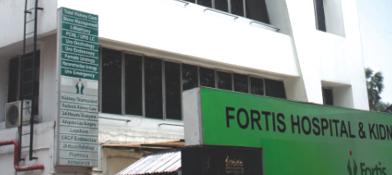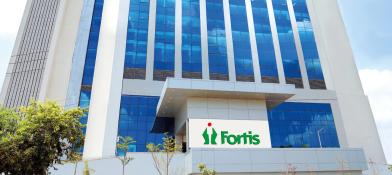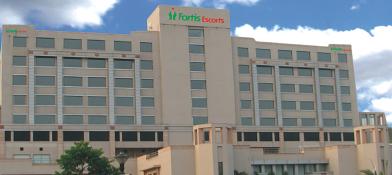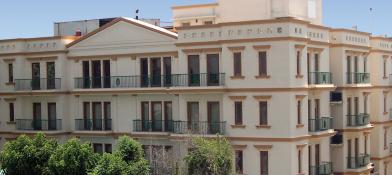Breast biopsy
Breast biopsy is a medical procedure where a breast lump sample is extracted and examined under a microscope.
Introduction
A breast biopsy is performed to investigate any abnormalities found during a mammogram, ultrasound, or physical examination of the breasts. This procedure helps doctors determine whether a breast lump or any other abnormality is benign (non-cancerous) or malignant (cancerous).
What is a breast biopsy?
A breast biopsy is a medical procedure wherein a breast lump sample is obtained from the area of concern. A pathologist then examines this lump under a microscope to detect or rule out the presence of any abnormal or cancerous cells.
Breast biopsy is one of the procedures that helps in the early detection of breast cancer. There are many techniques to obtain a breast lump sample, such as fine needle biopsy,Fine needle aspiration cytology core needle biopsy, stereotactic biopsy, and surgery.
Who might need a breast biopsy?
A breast biopsy is usually advised after examination using an imaging technique like a mammogram. A mammogram test involves an x-ray of the breasts for the diagnosis and screening of cancer.
Some of the indications of breast biopsy include:
- Suspicious lumps or complex cysts
- Pain or some patient with nipple discharge in the breast or breast cancer symptoms such as thickening or swelling in the breast, dimpling of breast skin, redness, etc.
- Any distortion in the breast structure
- Any abnormalities, like calcium deposits in the breast lump, detected via physical examination or imaging during routine screening
- A family history of breast cancer in a patient with breast lump
- A person who may require regular monitoring of breast-related pathologies, such as atypical hyperplasia, to understand changes or progression in the condition
Contraindications
There are a few contraindications of breast biopsy, such as:
- Overlying skin infection
- High risk of bleeding
- Pregnancy
It is important to note that this list is not exhaustive, and there may be other contraindications for this technique. The physician will thoroughly examine and evaluate individual cases to decide whether a person is eligible for need a breast biopsy.
Who performs breast biopsies?
A radiologist, a medical doctor specializing in imaging techniques, or a surgeon may perform the biopsy.
Procedure
Fine needle aspiration cytology
It is one of the commonly used techniques to collect breast samples. In this method, the healthcare professional uses a thin, hollow needle to withdraw small samples of cells or fluid from the breast. The procedure is done with the help of imaging techniques, if needed like ultrasound, to appropriately target the suspicious lump. This method is indicated in cases with cysts or solid masses. It is a quick, simple, straightforward, minimally invasive, and cost-effective procedure.
Before the procedure:
As a first step, a thorough history of the person is recorded, including medical history and allergies to any medications.
It is followed by a physical breast examination in which the physician locates the suspicious lump or lump to determine physical details, such as the size and spread of the lump.
Imaging techniques may be advised to locate the area of concern accurately. This will also help guide the biopsy. (Procedure )
The patient may have to undergo a few blood tests for overall health assessment before the procedure.
The physician educates the patient about the procedure and addresses any concerns or questions. Then, an informed consent is obtained from the patient. It is recommended that the person discusses any worries or fears regarding the procedure so that the doctor can help and ensure their comfort.
During the procedure:
The patient is asked to either lie down or sit, depending on the location of the area from which the sample will be taken.
The physician may use local anesthesia to numb the area. It might cause a stinging sensation, which soon goes away.
With or without an ultrasound, the physician will slowly guide the thin needle into the target area. Within a few minutes, the sample is withdrawn.
After the procedure:
After the procedure, the patient may experience mild symptoms like discomfort, bleeding at the biopsy site, and bruising.
The physician may advise the patient to either continue with their activities or rest for a brief time.
After the examination of the extracted lump by the pathologist, a report is sent to the doctor. The doctor then informs the person of the results and further steps to take, if any.
Other techniques
Other techniques to extract the sample include core needle biopsy and stereotactic biopsy, which are performed just like a fine needle aspiration (Cytology. but with a little larger needle to get a larger amount of tissue from the lump.
In core needle biopsy, the core of the lump is extracted. Thus, it involves obtaining (a Larger) sample using a larger needle. This type of biopsy helps obtain a comprehensive report. For instance, it can help differentiate various breast lesions, facilitating appropriate management. It provides a more accurate diagnosis and minimizes the risk of any sampling error.
The stereotactic biopsy technique is generally used when the lesion is not palpable. Thus, it uses imaging techniques to locate the area of concern. Compared to other types of biopsies, this biopsy method can take a long time.
Surgery is also an option in specific cases where an incision is made with a surgical knife to remove the sample tissue or entire lump under anesthesia
Ultimately, the choice of technique depends on the clinical situation and the patient’s characteristics.
Treatment
The report reveals the presence or absence of any cancerous cells. After studying the report, the physician explains the treatment options to the patient and addresses the psychological impact of the diagnosis. The treatment options include surgery, radiation therapy, and chemotherapy. The patient is also advised to do regular follow-ups to monitor and manage the condition whenever appropriate.
Contact Fortis Healthcare to know more about the breast biopsy procedure.
FAQs
- Is breast biopsy a painful procedure?
While taking the sample, the person may experience a brief stinging sensation. It is tolerable, as reported by many people. After the completion of the procedure, one may experience symptoms like mild pain at the biopsy site.
- How long does the procedure take?
The duration depends on the biopsy technique and the sample number. On average, A Core needle biopsy can take 10-15 minutes
- Are there any risks involved?
There are minimal risks, such as bleeding at the site, infection, and bruising.
- Why is a breast biopsy performed?
It is performed to detect breast abnormalities, both benign and cancerous. It may also be recommended to monitor and assess the condition’s progress.
- Can I eat or drink before the procedure?
Minimally invasive procedures, like fine needle aspiration, or core needle biopsy usually require no fasting. However, it is essential to discuss the fasting requirements with the physician.
- Can I resume my daily activities?
Yes, you can. Since biopsy is a simple procedure, one can soon resume their daily activities. However, some may require rest. Here, a physician’s guidance based on your specific case is essential.







